The was awarded jointly to John Bardeen, Leon Neil Cooper and John Robert Schrieffer ‘for their jointly developed theory of superconductivity, usually called the BCS-theory’



WCTU CLEVELAND 13 — A new study suggests that faster-than-light travel, once thought to be purely science fiction, may be achievable sooner than expected through the concept of warp drive, challenging Einstein’s Theory of Relativity. This breakthrough builds on the Alcubierre drive model proposed in 1994, which theorizes that a spacecraft could travel faster than light by contracting space-time ahead of it while expanding space-time behind it.
The idea was first introduced by Mexican theoretical physicist Miguel Alcubierre, who suggested that a space-time bubble could allow for faster-than-light travel without violating the laws of physics. However, his model was initially dismissed due to its extreme energy requirements.
Joseph Agnew, a researcher from the University of Alabama, has been re-evaluating the mathematical foundations of Alcubierre’s theory. “If you fulfill all the energy requirements, they can’t prove that it doesn’t work,” Agnew stated in a university press release. His work has rekindled interest in the feasibility of warp drive by focusing on the possibility of warping space-time around a craft.
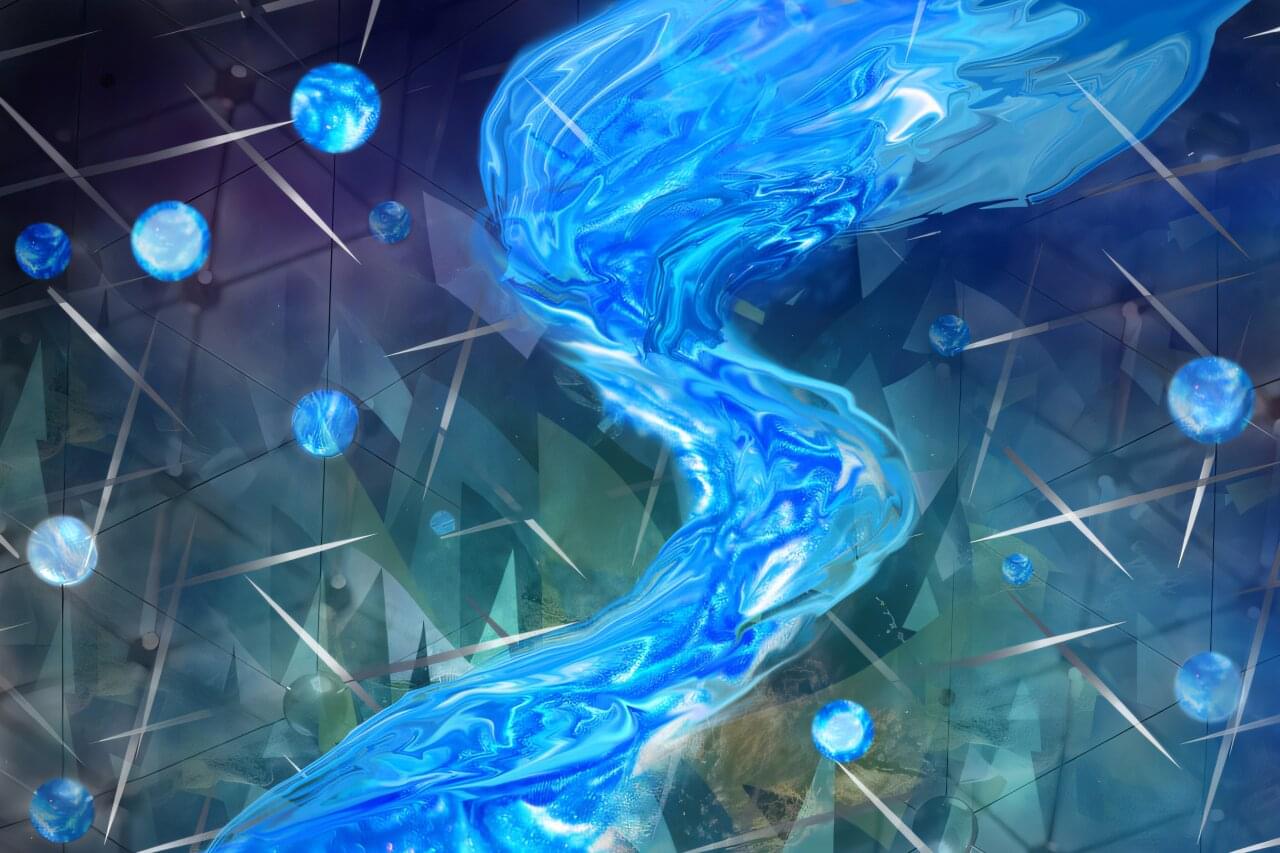
MIT physicists report the unexpected discovery of electrons forming crystalline structures in a material only billionths of a meter thick. The work adds to a gold mine of discoveries originating from the material, which the same team discovered only about three years ago.
In a paper published Jan. 22 in Nature, the team describes how electrons in devices made, in part, of the new material can become solid, or form crystals, by changing the voltage applied to the devices when they are kept at a temperature similar to that of outer space. Under the same conditions, they also showed the emergence of two new electronic states that add to work they reported last year showing that electrons can split into fractions of themselves.
The physicists were able to make the discoveries thanks to new custom-made filters for better insulation of the equipment involved in the work. These allowed them to cool their devices to a temperature an order of magnitude colder than they achieved for the earlier results.
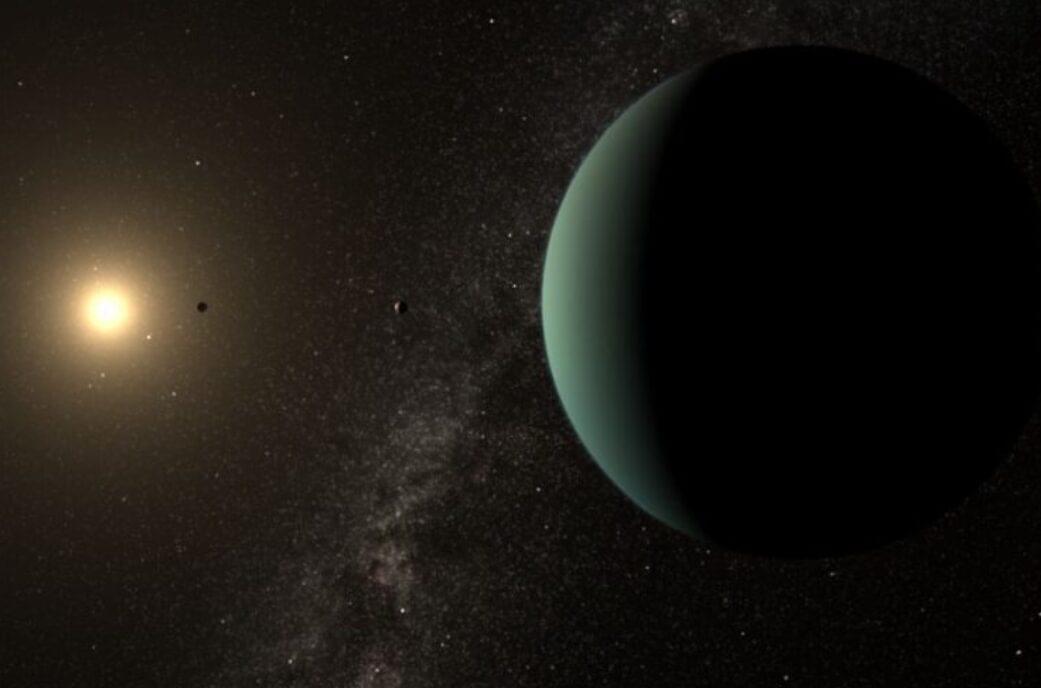
An international team has confirmed the discovery of a super-Earth orbiting in the habitable zone of a nearby sun-like star. The planet was originally detected two years ago by Oxford University scientist Dr. Michael Cretignier. This result, drawing on more than two decades of observations, opens a window to future studies of Earth-like exoplanets that may have conditions suitable for life.
The new planet, named HD 20,794D, has a mass six times that of Earth and orbits a star similar to our sun, located just 20 light years away. Its orbit places it within the habitable zone of the system, meaning it is at the right distance from its star to sustain liquid water on its surface, a key ingredient for life as we know it. The paper is published in the journal Astronomy & Astrophysics.
Dr. Cretignier first identified a candidate exoplanet signal in 2022, while analyzing archived data recorded by the HARPS (High Accuracy Radial Velocity Planet Searcher) spectrograph at the La Silla Observatory in Chile. This data analyzes the light absorbed and emitted by objects.

A new AI-driven tool allows scientists to analyze vast amounts of LIGO
LIGO, or the Laser Interferometer Gravitational-Wave Observatory, is a large-scale physics experiment and observatory to detect cosmic gravitational waves and to develop gravitational-wave observations as an astronomical tool. There are two LIGO observatories in the United States—one in Hanford, Washington, and the other in Livingston, Louisiana. These observatories use laser interferometry to measure the minute ripples in spacetime caused by passing gravitational waves from cosmic events, such as the collisions of black holes or neutron stars.
Riverworld.
Imagine a world stretched along a single, endless river inside a colossal space megastructure. Explore the fascinating concept of the Topopolis, a futuristic habitat billions of miles long, where humanity might thrive in a sprawling civilization bound by physics, engineering, and imagination.
Watch my exclusive video Big Alien Theory https://nebula.tv/videos/isaacarthur–… Nebula using my link for 40% off an annual subscription: https://go.nebula.tv/isaacarthur Get a Lifetime Membership to Nebula for only $300: https://go.nebula.tv/lifetime?ref=isa… Use the link gift.nebula.tv/isaacarthur to give a year of Nebula to a friend for just $30. Visit our Website: http://www.isaacarthur.net Join Nebula: https://go.nebula.tv/isaacarthur Support us on Patreon: / isaacarthur Support us on Subscribestar: https://www.subscribestar.com/isaac-a… Facebook Group:
/ 1,583,992,725,237,264 Reddit:
/ isaacarthur Twitter:
/ isaac_a_arthur on Twitter and RT our future content. SFIA Discord Server:
/ discord Credits: Topopolis: The Eternal River Episode 487a; February 23, 2025 Written, Produced & Narrated by: Isaac Arthur Graphics: Apogii.uk, Ken York YD Visual, Steve Bowers, Udo Scroeter Select imagery/video supplied by Getty Images Music Courtesy of Epidemic Sound http://epidemicsound.com/creator.
Get Nebula using my link for 40% off an annual subscription: https://go.nebula.tv/isaacarthur.
Get a Lifetime Membership to Nebula for only $300: https://go.nebula.tv/lifetime?ref=isa…
Use the link gift.nebula.tv/isaacarthur to give a year of Nebula to a friend for just $30.
Visit our Website: http://www.isaacarthur.net.
Join Nebula: https://go.nebula.tv/isaacarthur.
Support us on Patreon: / isaacarthur.
Support us on Subscribestar: https://www.subscribestar.com/isaac-a…
Facebook Group: / 1583992725237264
Reddit: / isaacarthur.
Twitter: / isaac_a_arthur on Twitter and RT our future content.
SFIA Discord Server: / discord.
Credits:
Topopolis: The Eternal River.
Episode 487a; February 23, 2025
Written, Produced & Narrated by: Isaac Arthur.
Graphics: Apogii.uk, Ken York YD Visual, Steve Bowers, Udo Scroeter.
Select imagery/video supplied by Getty Images.
Music Courtesy of Epidemic Sound http://epidemicsound.com/creator

The practice of purposely looping thread to create intricate knit garments and blankets has existed for millennia. Though its precise origins have been lost to history, artifacts like a pair of wool socks from ancient Egypt suggest it dates back as early as the third to fifth century CE. Yet, for all its long-standing ubiquity, the physics behind knitting remains surprisingly elusive.
“Knitting is one of those weird, seemingly simple but deceptively complex things we take for granted,” says theoretical physicist and visiting scholar at the University of Pennsylvania, Lauren Niu, who recently took up the craft as a means to study how “geometry influences the mechanical properties and behavior of materials.”
Despite centuries of accumulated knowledge, predicting how a particular knit pattern will behave remains difficult—even with modern digital tools and automated knitting machines. “It’s been around for so long, but we don’t really know how it works,” Niu notes. “We rely on intuition and trial and error, but translating that into precise, predictive science is a challenge.”
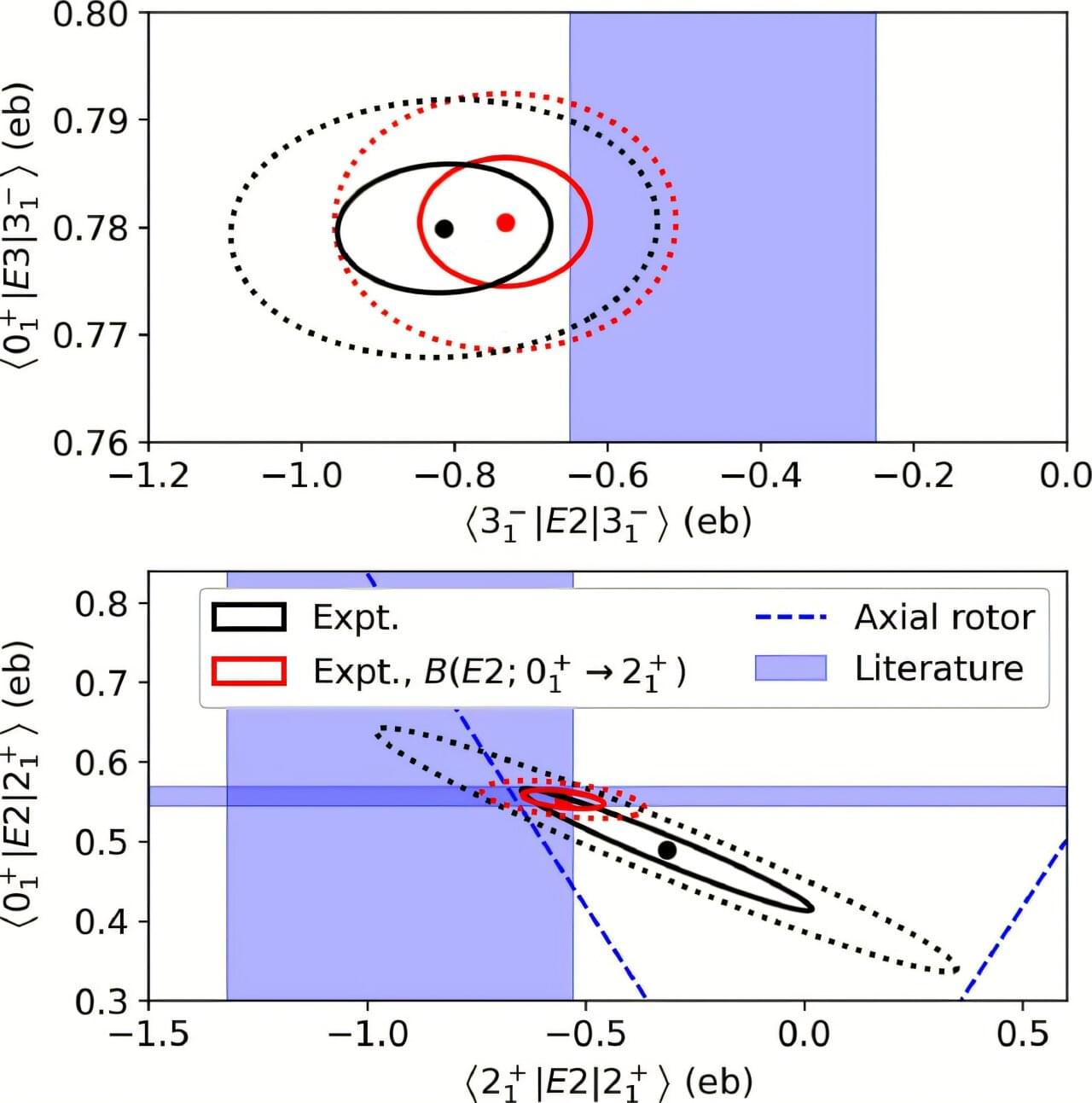
An international research collaboration led by the University of Surrey’s Nuclear Physics Group has overturned the long-standing belief that the atomic nucleus of lead-208 (²⁰⁸Pb) is perfectly spherical. The discovery challenges fundamental assumptions about nuclear structure and has far-reaching implications for our understanding of how the heaviest elements are formed in the universe.
Lead-208 is exceptionally stable due to being a “doubly magic” nucleus—and is the heaviest that we know of. However, a new study published in Physical Review Letters used a high-precision experimental probe to examine its shape and found that rather than being perfectly spherical, the nucleus of lead-208 is slightly elongated, resembling a rugby ball (prolate spheroid).
Dr. Jack Henderson, principal investigator of the study from the University of Surrey’s School of Mathematics and Physics, said, “We were able to combine four separate measurements using the world’s most sensitive experimental equipment for this type of study, which is what allowed us to make this challenging observation. What we saw surprised us, demonstrating conclusively that lead-208 is not spherical, as one might naively assume. The findings directly challenge results from our colleagues in nuclear theory, presenting an exciting avenue for future research.”
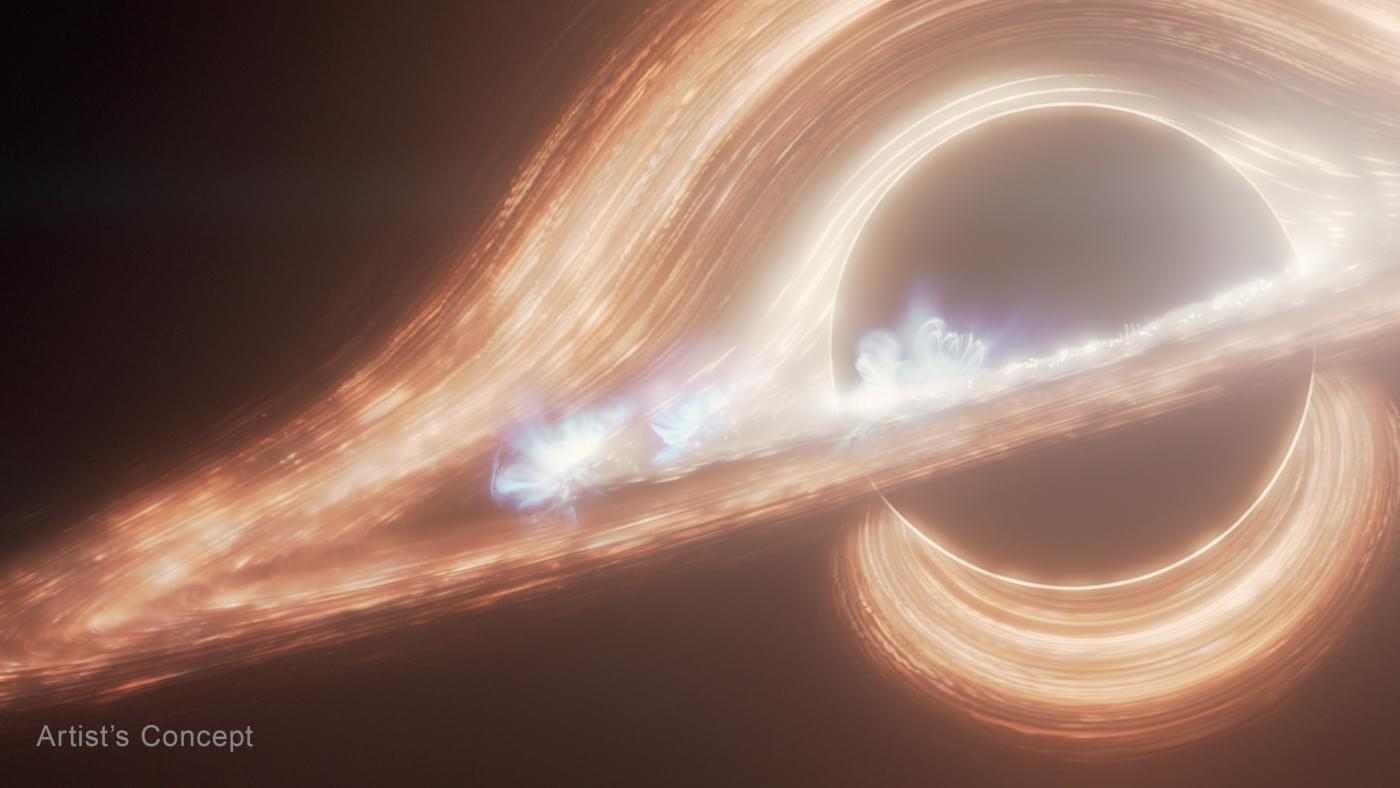
A supermassive black hole in the center of the Milky Way galaxy is creating a light show that’s intriguing astronomers.
Flares of light have been observed in a disk orbiting the black hole Sagittarius A*, according to a team of astrophysicists studying the black hole who published their findings Tuesday in The Astrophysical Journal Letters. Known as an accretion disk, it’s hot, contains a steady flow of materials like gas or plasma, and flickers constantly. The disks emit light that can be detected using infrared and X-ray instruments, which helps astronomers better observe the black holes the disks orbit.
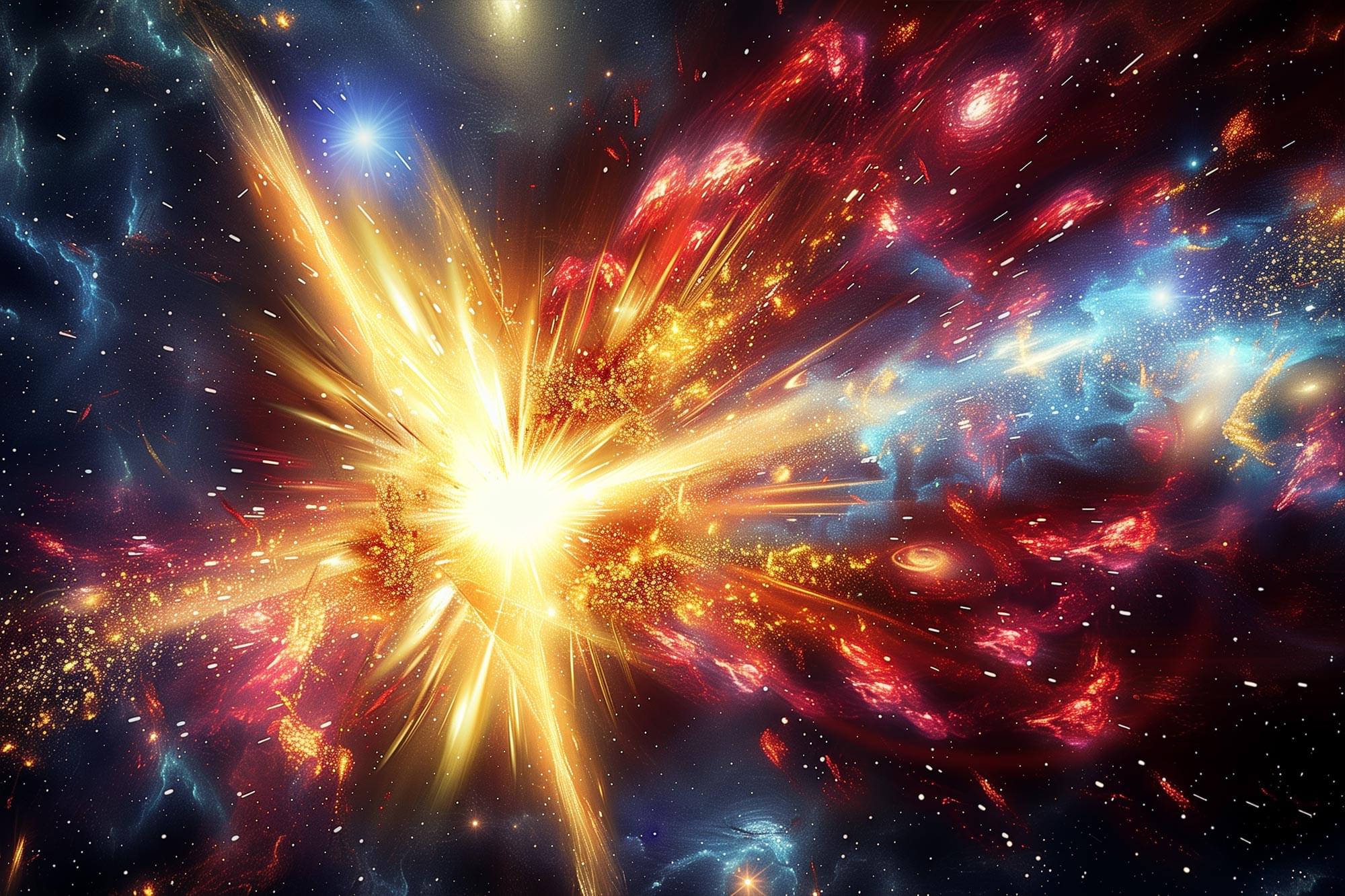
A massive dataset of 3,628 Type Ia Supernovae from the Zwicky Transient Facility is being released, offering new insights into cosmic expansion.
This unprecedented collection will refine how cosmologists measure distances and study dark energy. With high-precision data from cutting-edge telescopes, scientists aim to resolve discrepancies in the standard cosmological model and explore new physics.
A Game-Changing Dataset for Cosmology.